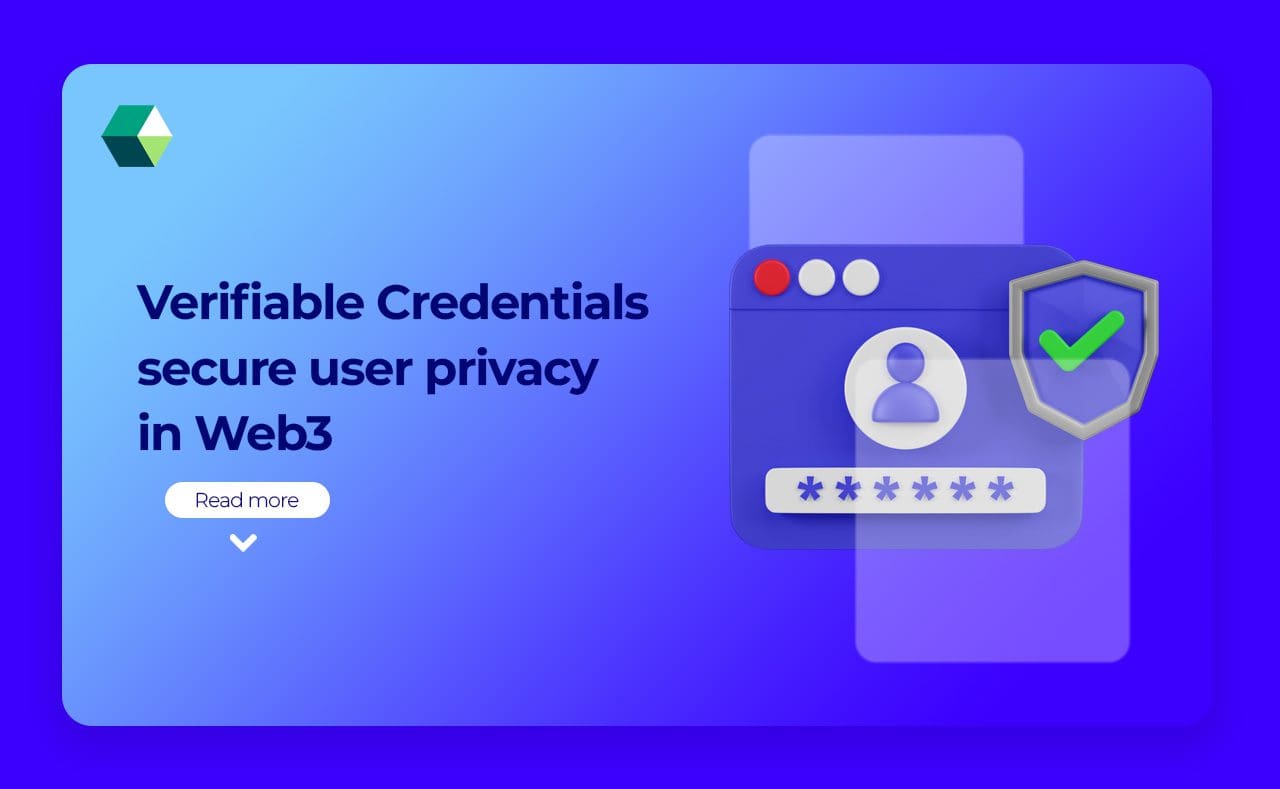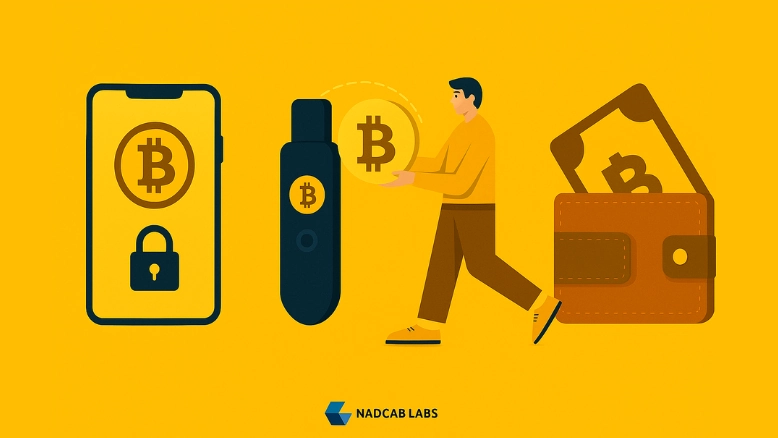
A Web3 Credential Verifier is a decentralized system that uses blockchain technology to validate and manage credentials such as digital IDs and certificates. By leveraging blockchain’s transparency and immutability, it ensures that credentials are authentic and secure without relying on a central authority. The verifier employs cryptographic methods for validation, supports interoperability across various Web3 applications, and prioritizes user privacy and control. This system streamlines Credential Management and enhances security, making it an essential component of the Web3 ecosystem.
What Is a Verifiable Credential?
A Verifiable Credential is a digital statement issued by a trusted authority that can be independently verified for authenticity and integrity. It uses cryptographic methods to ensure that the credential’s information, such as identity or qualifications, is accurate and has not been tampered with. Verifiable credentials are stored on a decentralized network, often using blockchain technology, which provides a transparent and immutable record. They enable individuals to prove their identity or qualifications in a secure and privacy-preserving manner without relying on a central authority.
Example of a verifiable credential
An example of a verifiable credential is a digital driver’s license issued by a government agency. Here’s how it works:
-
Issuance
The government agency issues a digital driver’s license as a verifiable credential, embedding the licensee’s name, date of birth, and driving privileges.
-
Storage
The digital license is stored on a secure, decentralized platform, often using blockchain technology.
-
Verification
When the licensee needs to prove their identity or driving qualifications, they present the digital license. The verifier, such as a car rental company or law enforcement, uses cryptographic methods to verify its authenticity and integrity, ensuring it has not been altered and is issued by the legitimate authority.
How to Verify Digital Credentials?
To Verify Digital Credentials in the context of banking in Web3, start by obtaining the credential and checking the issuer’s identity and authority through their digital signature. Use cryptographic tools to validate this signature and ensure it matches the credential’s data. Confirm the integrity of the credential by comparing it with the information stored on a blockchain or secure ledger, ensuring transparency and immutability, key features of Banking in Web3 . Additionally, check that the credential has not expired or been revoked by consulting a revocation list or registry. Finally, cross-check the credential’s information with other relevant sources to ensure accuracy, facilitating secure and trustless banking in Web3 operations.
Benefits Do Web3 Credential Verifiers Offer
Here are the benefits of Web3 Credential Verifiers in point form:
-
Enhanced Security
Utilizes blockchain technology and cryptographic proofs to prevent tampering and fraud.
-
Transparency
Records all credential transactions on a decentralized ledger, providing a clear and unalterable history.
-
User Privacy
Allows individuals to control their personal information and share only what is necessary.
-
Interoperability
Facilitates seamless integration across various platforms and applications.
-
Reduced Reliance on Centralized Authorities
Operates without needing a central authority, streamlining the verification process.
-
Efficient Credential Management
Simplifies the process of issuing, verifying, and managing credentials in a decentralized manner.
Web3 Consulting Company Secure Identity Verification
A Web3 Consulting Company specializing in Secure Identity Verification provides solutions that leverage blockchain and decentralized technologies to enhance security and privacy. They use cryptographic methods to ensure the authenticity and integrity of digital identities, allowing users to control and share their personal data securely. Their systems offer interoperability across various platforms, prevent fraud through blockchain’s transparency, and comply with relevant regulations. These solutions are designed to be scalable, catering to both small businesses and large enterprises, ensuring robust and user-centric identity verification.
Why Choose Nadcab Labs for Web3 Credential Verification?
Nadcab Labs Nadcab Labs for Web3 Credential Verification ensures advanced security and privacy through their integration of cutting-edge blockchain technology and cryptographic methods. Their solutions offer robust fraud prevention and transparency, seamlessly integrating across various Web3 platforms while adhering to regulatory standards. Nadcab Labs emphasizes user privacy, allowing individuals to control their credentials securely, and provides scalable solutions suited to organizations of all sizes. This comprehensive approach makes Nadcab Labs a leading choice for secure and efficient Web3 credential verification.






